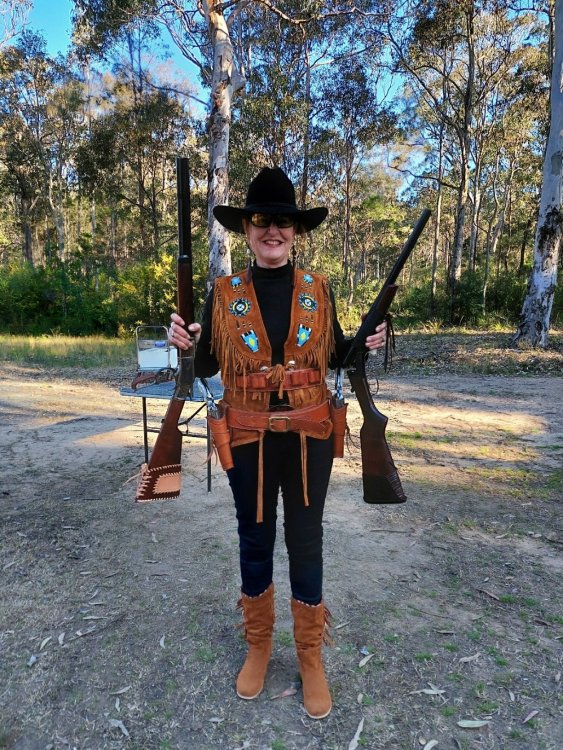-
Posts
8,792 -
Joined
-
Last visited
-
Days Won
73
Content Type
Profiles
Forums
Events
Everything posted by Buckshot Bear
-
-
That cracked me up mate be great if you could make it down to the 31st Last Posse 3 day Shoot at Nowra in April Mohawk, I bet Squints would love to catch up with you and he's still got enough hair to scalp
-
Terrific reading about this family.
-
Iva Big’n
-
At my high school the canes (varying in thickness's) were kept on a rifle rack for the teacher to select. Public schools was on the palm of the hand, I went to a private school and it was bend over and touch your toes.....you got either 2, 4 or 6 cuts of the cane.
-
OMG heaven......my mouth is just drooling think of eating that!!!!!
-
Thanks Tombstone, we've competed in a range of shooting sports for 40+ years, its just a shame that we took so long to take up cowboy shooting!!!!
-
Thanks Lumpy Gritz and thanks for a lot of advice.
-
Thanks Eyesa, I appreciate you being a pard.
-
Being the ugly coot I am Yul, it makes everyone look good
-
-
-
We all started together in 2021, which isn’t that long, but we’ve thrown ourselves into it that's for sure.....we've all shot competitively for a long time, our biggest regret is that we didn't take up Single Action Shooting a long time ago! For a laugh we put these magnets on our fleet of cars when we go away for a match, We have two heavily laden guncarts...so far – The whole Dale Gang (Minus Gemstone and Tommy Two Guns who are pregnant with our third grandbaby) – Some photos one of my pards on the Wire did for myself and Jenorado – Our two sons Tommy Two Guns and Red Justice
-
-
-
-
Me either, the oft said reason its takes more manpower for a wounded soldier than a dead soldier. I wonder what it was like to be caught by the Germans in the trenches in WWI with one of these?
-
-
I still have the Fishin' Magician but I wish I still had the Pocket Fisherman that I got both one Xmas for my collection of fishing gear -
-
-
-
-
-
-
K-tel "Record Selector" So....who else had one?










































